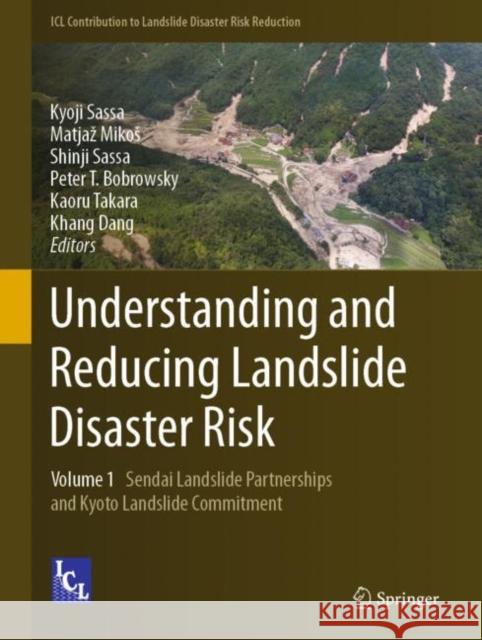Understanding and Reducing Landslide Disaster Risk: Volume 1 Sendai Landslide Partnerships and Kyoto Landslide Commitment » książka
topmenu
Understanding and Reducing Landslide Disaster Risk: Volume 1 Sendai Landslide Partnerships and Kyoto Landslide Commitment
ISBN-13: 9783030601959 / Angielski / Twarda / 2020 / 641 str.
Understanding and Reducing Landslide Disaster Risk: Volume 1 Sendai Landslide Partnerships and Kyoto Landslide Commitment
ISBN-13: 9783030601959 / Angielski / Twarda / 2020 / 641 str.
cena 726,29
(netto: 691,70 VAT: 5%)
Najniższa cena z 30 dni: 693,97
(netto: 691,70 VAT: 5%)
Najniższa cena z 30 dni: 693,97
Termin realizacji zamówienia:
ok. 22 dni roboczych
Dostawa w 2026 r.
ok. 22 dni roboczych
Dostawa w 2026 r.
Darmowa dostawa!
Kategorie BISAC:
Wydawca:
Springer
Seria wydawnicza:
Język:
Angielski
ISBN-13:
9783030601959
Rok wydania:
2020
Wydanie:
2021
Numer serii:
001155542
Ilość stron:
641
Waga:
1.94 kg
Wymiary:
28.19 x 21.59 x 3.3
Oprawa:
Twarda
Wolumenów:
01











